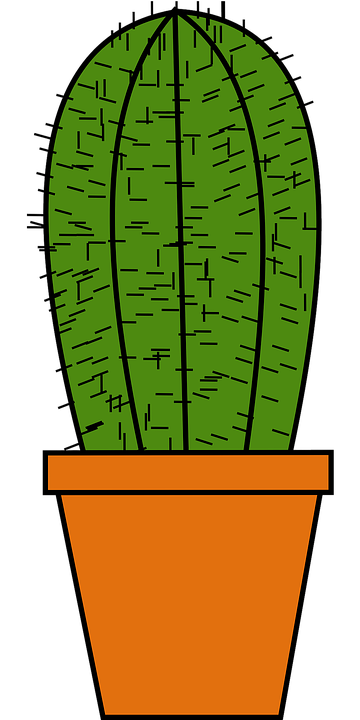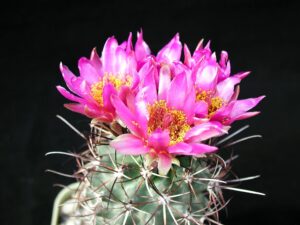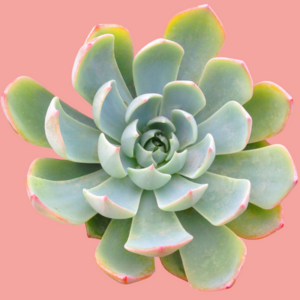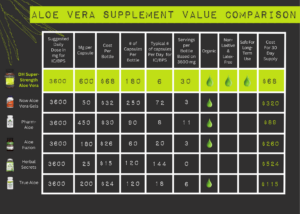When it comes to cultivating cacti, choosing the right pot is a crucial aspect that cannot be neglected. Among the myriad of options available, clay pots stand out as one of the most suitable choices for these resilient plants. Clay pots not only provide aesthetic appeal but also cater to the specific needs of cacti, creating an optimal growing environment. This article dives into the multifaceted reasons why clay pots are the preferred option for cacti, exploring their benefits, the properties of clay, and tips for proper care and maintenance.
Understanding the Benefits of Clay Pots
Natural Material Advantages
Clay pots are crafted from natural materials, which means they allow for excellent air exchange. This is vital for cacti, which are sensitive to both moisture retention and temperature fluctuations. The porous nature of clay helps to facilitate healthy root aeration, preventing soil from becoming overly saturated and promoting swift moisture evaporation.
Temperature Regulation
Cacti thrive in warm, arid environments, often struggling with overheating in insufficiently ventilated pots. Clay acts as a natural insulator, regulating temperature levels both in summer and winter months. During hotter periods, the evaporation of moisture pulls heat away, while in cooler seasons, the thermal mass of clay helps to retain heat, providing a balanced environment.
Ecosystem Enhancement
Utilizing clay pots also contributes to the wellbeing of beneficial microorganisms in the soil. These microorganisms are essential for healthy plant growth, promoting nutrient absorption and overall plant vigor. When combined with the right soil mixture, clay enhances the ecosystem, ensuring your cactus receives the minimum deficiencies and maximum growth potential.
The Ideal Soil Mix for Cacti in Clay Pots
Choosing the Right Components
While the pot itself is integral, the soil mix is equally vital for thriving cacti. Using a well-draining potting mix, specifically designed for succulents or cacti, is recommended. A mixture of coarse sand, pumice, and organic matter tends to offer the perfect balance between drainage and nutrient retention.
Consider Texture and Consistency
A gritty texture prevents the soil from compacting, thus allowing roots to develop without obstruction. Compaction can lead to waterlogging, which is catastrophic for cacti. Ensuring that your cactus soil retains some organic components facilitates moisture retention without overwhelming the plant’s roots.
Watering Protocol
Watering a cactus in a clay pot requires a careful balance. It is crucial to allow the soil to dry completely between waterings. The porous nature of clay assists in ensuring that excess water drains away, further decreasing the risk of root rot.
However, it is essential to note that while clay pots help prevent overwatering, the surrounding environment and seasonal changes play a significant role in the frequency of watering. For example, during the active growth phase in spring and summer, you may need to water more frequently, while in dormant periods, a reduction in watering is necessary.
Trimming and Maintenance Tips
Regular Monitoring for Health
Keeping a watchful eye on your cactus is indispensable for ensuring its health. Inspect the plant for any signs of pests or diseases, and remove any dead or decaying parts promptly. Pruning enhances airflow and allows the cactus to focus its energy on growth rather than on damaged sections.
Cleaning and Caring for Clay Pots
Over time, clay pots may become stained or attract mineral buildup due to the frequent watering and evaporation of nutrients. Regular cleaning using gentle scrubbing with a soft brush and a mixture of vinegar and water is encouraged to maintain the pot’s integrity. This prevents any detrimental buildup that could affect the health of your cactus. Avoid harsh chemicals that may leach into the soil and harm the plant.
Decorative Appeal and Versatility
Visual Aesthetics in Your Space
Beyond functionality, clay pots offer a rustic and timeless aesthetic, making them a favored choice among plant enthusiasts. Whether nestled in a vibrant corner of your home, adorning a patio or gracing a windowsill, clay pots add natural beauty to your surroundings. Many cacti species harmonize beautifully with the earthy tones of clay, creating a striking contrast that enhances their architectural form.
Variety in Design
Clay pots come in a myriad of shapes and sizes, allowing for creativity in design and arrangement. Some gardeners opt for decorative pots with intricate designs, adding an artistic flair to their living spaces. Others prefer simple, unadorned pots to emphasize the uniqueness of their cacti. This versatility expands the possibilities for integration into diverse design aesthetics, from minimalistic and modern to vibrant and eclectic.
Conclusion
When it comes to caring for cacti, clay pots emerge as the quintessential choice for a multitude of reasons. Their unique properties not only match the needs of these fascinating plants but also enhance their overall aesthetic appeal in any environment. From ensuring optimal drainage and aeration to providing an insulating microclimate, the benefits of clay pots cannot be overstated. By selecting the right soil mix, maintaining proper watering protocols, and ensuring consistent care, you can cultivate thriving cacti that not only beautify your space but also offer a slice of the desert’s relentless beauty right in your home.





Leave a Comment